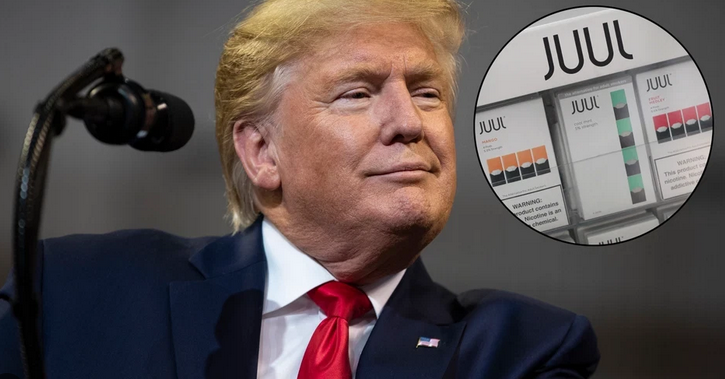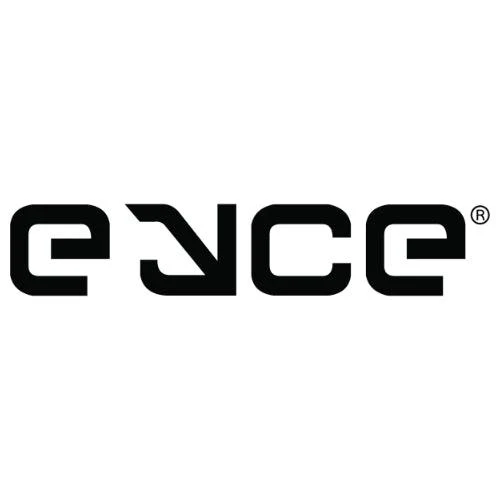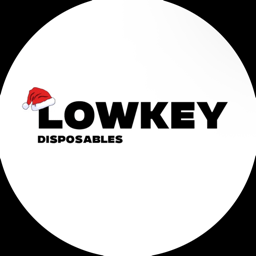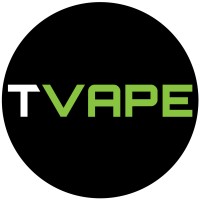Economic and Strategic Implications
Intended Purpose vs. Reality: Tariffs aim to give U.S. manufacturers a competitive edge, but since no mass-market vape. Similar opportunities may exist, but the outlook for overturning tariffs remains challenging.

Specific Examples and Industry Responses
Price Projections:
In 2018, a $40 vape device could rise to $45-$50, and a $10 refill to $12.50. With 2025’s higher tariffs, these increases are likely much steeper.
Company Strategies:
Like Pax, absorbed a 25% tariff to keep prices stable but noted this was unsustainable long-term.
Some manufacturers, like BLVK E-Liquid, claim a competitive edge by focusing on U.S.-made e-liquids, which are less affected by tariffs, though hardware remains vulnerable. Others, like Active, have diversified to Southeast Asia to stabilize costs but face delays at U.S. ports due to new import rules.Retailer Impact: Small vape shops are hit hardest, with some closing stores in economically sensitive areas. Larger companies may absorb costs temporarily but are likely to pass them on eventually.
Potential Long-Term Effects
Market Contraction: The vaping industry, already facing slowing growth (9.3% from 2016-2017 vs. 22.5% from 2015-2016), could see reduced consumer access and market share, especially for budget-conscious users.




